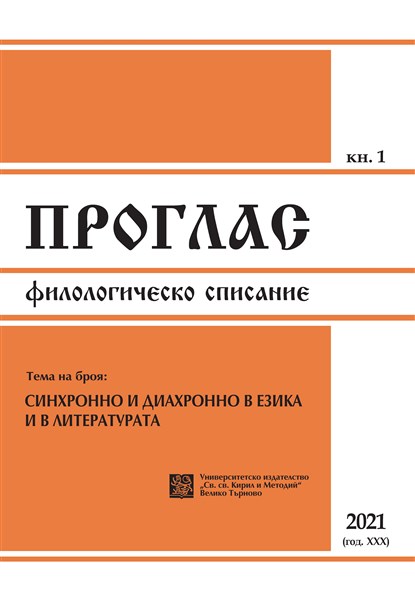
We kindly inform you that, as long as the subject affiliation of our 300.000+ articles is in progress, you might get unsufficient or no results on your third level or second level search. In this case, please broaden your search criteria.

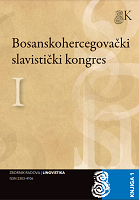
The main aim is showing the difference in expressing of male and female in dictionaries of Polish and Bosnian. Observation is based on contemporary Polish and Bosnian dictionaries. Information about gender is contained in different elements of lexicographic description, f.e. grammatical form of the word, way of the definition, meaning and context of usage. Comparison of Polish and Bosnian dictionaries shows that the extent of asymmetry in this two Slavic languages is different. Bosnian language has the word derivation system with a high degree of symmetry in masculine and feminine forms, which can not be said about Polish language. You can express the opinion that the woman and her professional activity are more visible in Bosnian than in Polish.
More...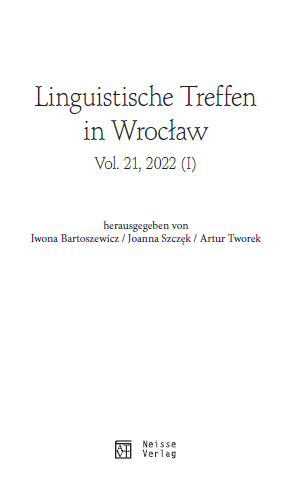
In this article subtitling and the resulting from it translation strategies are analysed. The article puts the main emphasis, on the one hand, on the technical restrictions, the resulting from it need to shorten, condense and simplify the text, and the translation strategies used for this purpose according to Gottlieb, Chesterman, Tomaszkiewicz and Belczyk, e.g.: deletion, condensation, omission, numbers, decimation, paraphrasing, simple syntaxis, etc. On the other hand, it deals with the translation of culture-related components, based on such strategies: omission, literal translation, borrowing, adaptations, substitution of Culture-Specifics, generalization, translation of black humour, explications/explanations. The German-Polish subtitling of the movie “Er ist wieder da” (2015) served as a case study, from which many examples illustrate the discussed phenomena. The aim of this paper is to examine the translated linguistic-cultural-comic triad, taking into account the strategies used in translation. Based on the multidimensional (at syntactic-semantic-pragmatic level) analysis of the original and its translation, these results point to possible that the translator faced seemingly insurmountable hurdles. In order to translate equivalently, he had to make use of many different word combinations. Thanks to numerous examples of text condensation strategies, it can be stated that many movie scenes can be translated intersemiotically. Many omissions that were made could be compensated without problems by means of image and/or sound, so that it is unnoticeable for the viewer at semantic-trans-cultural level.
More...
The designations of systemic doctrines are labels and landmarks in the public debate: in relation to them, its participants and observers define their political identity, at the same time projecting ideas about the identity of their opponents. Therefore, their semantic content differs depending on who and for what purpose calls these designations in the public space. This is the main reason why such names have become the subject of attention from researchers interested in language as an element of social life. One of such designations is capitalism – one of the key concepts of the Polish political transformation. However, this designation and the concept behind it were the subject of linguists’ attention to a lesser extent than it might seem. I would like to fill this gap. My aim was to present the shaping of the concept of capitalism in Polish in various historical periods. I analyzed the linguistic material taken from Polish encyclopedias and dictionaries. Being aware that the selection of sources is not representative of the entire Polish language, I treat the results of the analysis as an introduction to further research. I referred to the concept of the linguistic image of the world. Capitalism appears for the first time in Polish encyclopedias and dictionaries at the turn of the 19th and 20th centuries. From that moment on, the scope of definitions and the number of their semantic components constantly increased, and their final number, type and hierarchy differed depending on the historical period in question. The two great turning points in the profiling of the concept of capitalism are the years 1945 and 1989. This allows us to formulate a thesis about the important role of encyclopedias and dictionaries in petrifying a specific resource of knowledge and legitimizing the political regime.
More...
Those who fear the decline of the German language use the following argumentation: countless foreign words in the German language system, patchwork-like language use with all its linguistic phenomena, such as abbreviations and short forms, multilingualism, code-switching, bricolage, hybrid formations and borrowings, grammatical reduction and deviation from grammatical norms, codification of the language. Many of these language-changing processes are explained and even justified by globalisation and the enormous mobility of people in today’s world. There is somewhat less understanding of the use of vulgarisms not only in everyday life but also in the media. What was unthinkable a few decades ago has become reality today: Vulgarisms permeate public language and are even used by celebrities. While individual swear words no longer seem to shock, their accumulation in rock and rap lyrics is completely rejected by many or bypassed as a taboo subject. In his monograph, which is dedicated to a semantic and structural analysis of vulgarisms in Germanand Polish rap and rock lyrics, Krystian Suchorab deals with the use of vulgarisms and points out the following aspects, among others: vulgarisms and aggression in music; lyrics as a form of communication; semantic and structural analysis of vulgar lexemes in German and Polish rap and rock songs. With this contribution, the author breaks a taboo and enriches with his research the already existing, but not particularly extensive literature on the topic of vulgarisms. The topic still seems to be up-to-date and worth further research.
More...
In the article, we propose the inclusion of methods used in linguistics and literary studies in the analysis of biographical narratives of representatives of the Polish community in Argentina collected by the KARTA Centre and the History Meeting House as part of the Oral History Archive. The use of methods developed on the basis of these disciplines in the study of oral accounts of the Polish community in Argentina may become an important step not only broadening the research perspective, but above all, bringing closer a fuller understanding of the Polish diaspora in the country on La Plata.
More...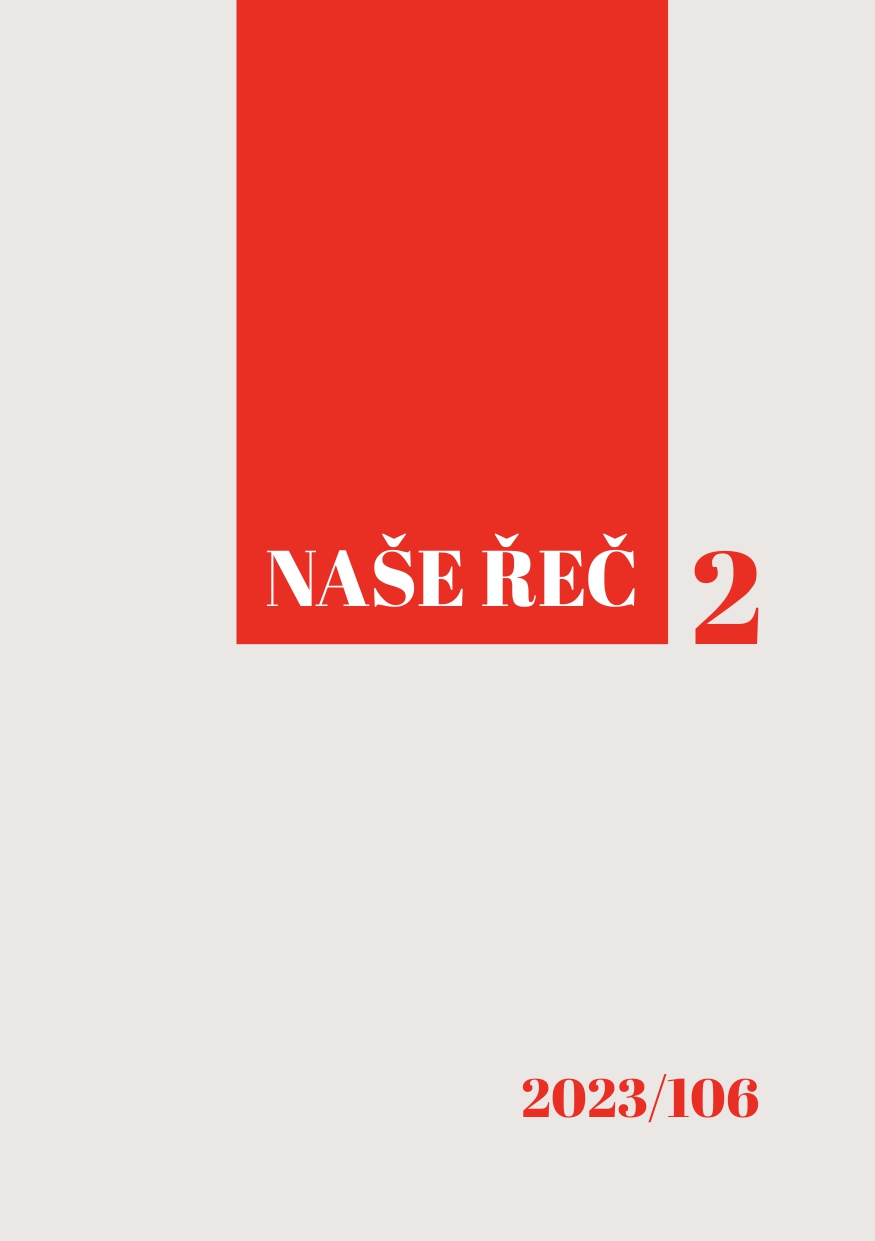
The present study, couched within the framework of Löbner’s Concept Types and Determination theory (CTD) and relying both on corpus data and the questionnaire method, attempts to provide some evidence for the claim that there is a growing tendency in contemporary informal spoken Czech to use the emerging definite article ten with definite associative anaphora (DAA). Just like its Western Slavic cognates, the distance-neutral demonstrative ten appears to manifest characteristics typical of definite articles across languages (cf. Ortmann, 2014; Czardybon, 2017; Dvořák, 2020). One of these characteristics is the spreading of ten to contexts situated between pragmatic and semantic definiteness on Löbner’s definiteness scale (Löbner, 1985; 2011). DAA is part of these contexts. However, as the present study shows, marked differences exist between the three sub-types of DAA as defined by Löbner with regards to their willingness to accept ten. These are, respectively, the “part-whole,” the “relational” and the “situational” sub-type. Other factors must also be taken into account, such as the speaker’s emotional involvement and competing interpretations of the occurrence of ten.
More...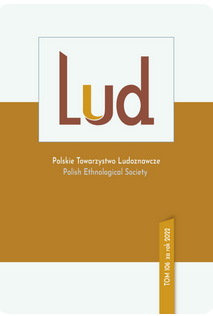
The aim of this paper is an analysis of linguistic practices and ideologies of the descendants of the Polish migrants who came to the south of Brazil in the late 19th century. They were peasants, farmers, mostly illiterate, originating from various areas of the then Polish Kingdom and Eastern Galicia. On the basis of materials from ethnographic field research conducted in 2015–2021 in one of the villages in the state of Paraná, I try to answer the questions of what Polish language is for Brazilians of Polish origin, how it is used, valued and passed down from generation to generation. In my analysis, I use key concepts from linguistic anthropology – linguistic practices and ideologies that I place in the context of historical and contemporary language policies in Brazil.
More...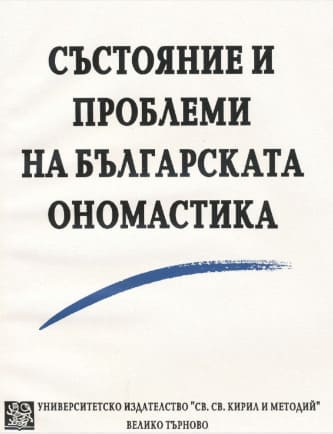
The paper presents the names of animals recorded in the contemporary sur names of Bielsk Podlaski inhabitants. The analysis showed that the most com mon as the word-formation basis of these surnames were the names of birds (Kulik, Puhacewicz) and the names of mammals (Bober, Wolczuk). The names of insects (Pszczoła, Szerszenowicz) and fish (Akuła, Brzana) are less popular. Other names appear sporadically (e.g. Smoktunowicz, Wąż). The material features surnames from Polish (Sikora, Śledź), Eastem-Slavonic (Krot, Soroka), sometimes also Lithuanian (Ancuta, Gulbinowicz) appellatives. Considering word-formation aspect the surnames which are equal to appe llative words predominate, while there are fewer surnames resulting from para digmatic or suffixic derivation. In the last group there are the most surnames with patronymic suffixes.
More...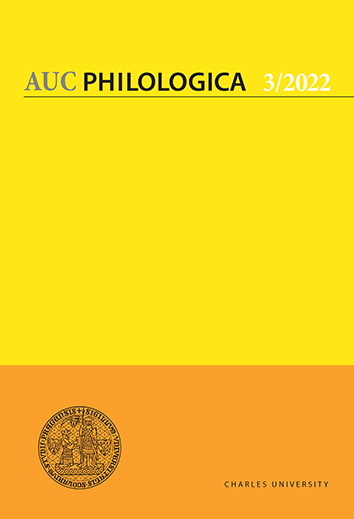
For years, the theory of word formation in contemporary German has been a fixed part of the course Lexicology and Word Formation in Contemporary German at the Bachelor of German Language Studies at the Department of Germanic Studies of the Faculty of Arts, Charles University. The author describes the established practice and presents types of exercises designed to promote the development of passive vocabulary and to provide insight into the systemic relations of German word formation.
More...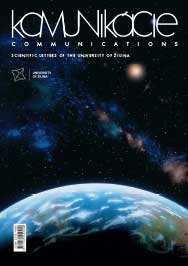
The article deals with lexical units of homonymic character functioning on the inter-linguistic level in Slavic languages. The emphasis is put on interlingual homonyms with the origin in the semantic relation of polysemy. In order to provide a theoretical background, the differences between homonymy and polysemy are highlighted. Moreover, homonyms are defined and classified taking into account their etymology. The principal part focuses on the relation: a polysemic homonym in one language - a monosemic homonym in the other one and vice versa.
More...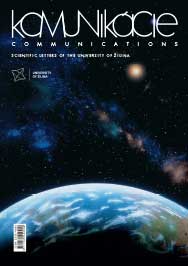
The article deals with words of English origin (with the terminal suffix -ing) which have penetrated into contemporary Slavic languages. The general introduction into the characteristics of -ing lexemes in the English language as well as principles of lexical unit adaptation are provided. The main emphasis is put on orthographic, morphological, word-formation and semantic adaptation of the lexical units in the Slovak, Russian and Czech languages.
More...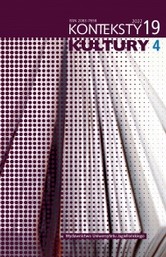
Review of: Nie tylko Hašek i Szwejk? [Joanna Goszczyńska, Jaromír Kubíček, Tomáš Kubíček, Česká literatura v polských překladech 1989–2020 / Literatura czeska w tłumaczeniach polskich 1989–2020, tłum. Katarzyna Slowiková, Moravská Zemská Knihovna, Brno 2020, ss. 231]
More...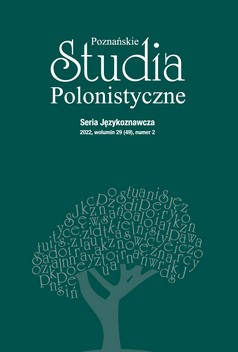
The article compares the verbal description of the names of thirty-four fruits in Polish dictionaries, taking into account the descriptions of tastes in the definitions and their relationship with the structure of the definitions. The definitions of bases and polymodal tastes are analysed and differences in the way they are interpreted are revealed. Standards for the perception of the tastes in Polish, Russian, Ukrainian and English are highlighted.
More...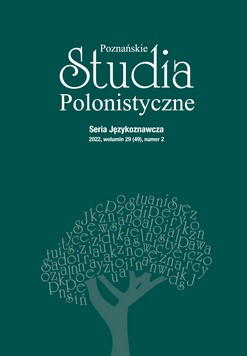
The text presents an analysis of three Polish herbariums from the period of the sixteenth to the seventeenth centuries as examples representing the ancient academic discourse. The presented considerations allow for maintaining the claim about the cultural aspect of Polish academic discourse in the distant past. The texts which represent it are the source of the information about the state of the knowledge in chosen domains and disciplines. Moreover, they constitute the reflection of the knowledge itself in its practical use described in the herbariums, which is a peculiar feature of old Polish academic texts. Justified, then, is the claim that these analysed texts and their discourse are academing in nature, of course on condition that one takes into account their historical context. Apart from the professional awareness of the time, one notices certain strategies for constructing the texts and their discourse which prove the academic discourse. Features such as precision, objectivity, argument problematisation etc. were developed and strengthened in subsequent centuries.
More...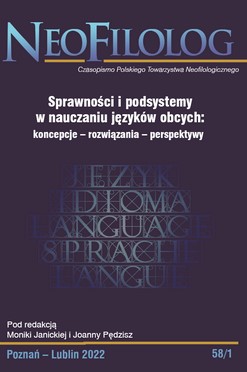
In the recent years the number of migrant children in Polish schools has grown considerably. Many of them barely speak our language, most of them do not know it at all. Thanks to the state language support program most of the pupils within a year or two learn how to communicate in Polish. This ability however is often of little help during subject lessons due to immense differences between communicative and an academic language variety. The text presents the results of a preliminary study undertaken to prove that academic lexis makes on migrant children tremendous demands and to show that due to its specificity and quantity its teaching has to be both, explicit and well-organized. To achieve the research goal of the lexical material was excerpted from one of the history textbooks for primary school fourth graders and then subjected to detailed analysis which aimed at its structured organization. The paper ends with pedagogical implications: it presents some strategies for developing lexical competence of migrant pupils which can help them to meet the challenge and learn subject vocabulary more effectively.
More...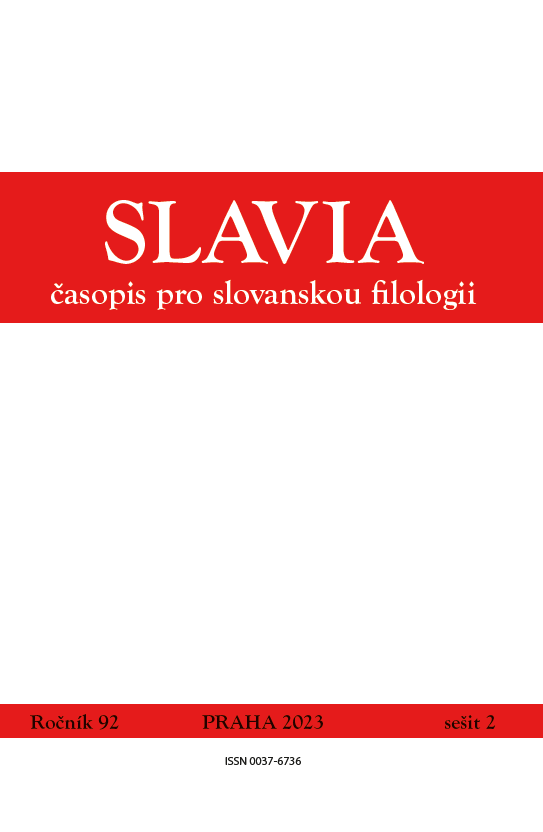
The paper proposes lexical and etymological analyses of some models of formation and development of intensification in the semantic structure of qualitative adverbs in Czech and Polish languages from the comparative aspect.
More...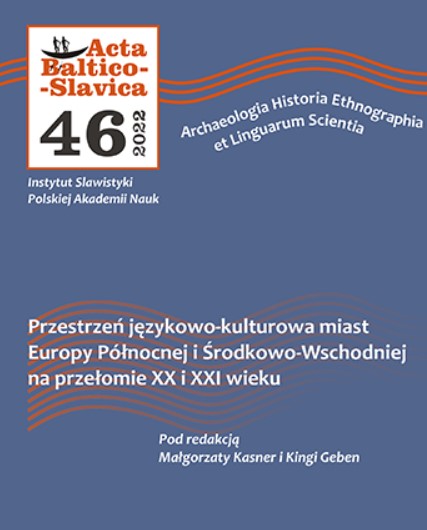
The aim of this co-authored article is to provide an overview of contemporary Lithuanian dialect dictionaries in terms of their macro- and microstructure as compared to the concepts of description applied in selected recently published Polish regional dictionaries. The study considers the following issues in a comparative perspective: 1. The range of entries (integral or differential, with selection made by lexicographers according to the adopted criteria). 2. The arrangement of entries (alphabetical, alphabetical-cluster, thematic). 3. The form of headwords (single- or multi-word). 4. The way of defining the meaning (descriptive, synonymic, referential). 5. The choice of textual illustrations and their notation. 6. The use of grammatical information and the level of its complexity. 7. The use of lexical maps and other visuals complementing the content of the definitions of headwords.
More...
This article discusses an important type of public communication taking place in Lithuania – internet blogs written in Polish. The study presents how they function, outlines the reasons behind their creation, and analyses the topics which they concern. As this is a sphere of uncontrolled communication, the author makes an attempt to present various social attitudes and to analyse subjective opinions on cultural and identity issues. The linguistic ways of expressing them are also an equally important issue. In this study, we assume that the sphere of the internet, although so far little explored, can be a very good basis for research on the way ethnic identities are shaped. The analysis of the genres of texts posted on blogs or social networking sites indicates that they are characterised by rhetorical coherence, enter into various relationships with each other, creating a blogosphere, and have a dialogical nature. They are usually written in a general language with regional accretions. A frequent phenomenon is using these features as the hallmark of a group, a factor integrating the internet community. Due to the fact that the authors of these websites are usually young people, a common phenomenon is the colloquial linguistic marking of statements, striving to exaggerate certain events, using stylistically marked lexis. We are dealing here with the colloquial style preserved in the written version.
More...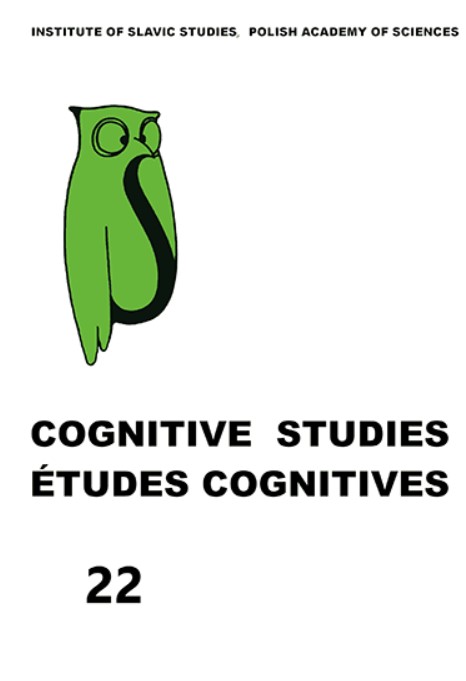
The aim of this article is to present issues pertaining to Polish–Romanian bilingualism, based on the example of two speakers who can be seen as representative of both the geographical area in focus and of their respective language communities. The interviewees were born in the 1950s and they have lived in Romania, with Romanian as the official language, all their lives. The common denominator of their cases is the family domain and the domain of religion. Both interviewees were born in Polish families in which the home language was Polish. The language experience of the interviewees has been different: one of them played with Romanian and Ukrainian-speaking children, while the other grew up in the environment of the Polish dialect of Bukovinian highlanders in Solonețu Nou (Pol. Nowy Sołoniec). However, neither of them spoke a language other than Polish on a daily basis during their preschool period. Their language repertoire was enriched with Romanian during their school period and the following periods of their lives mainly involved the use of Romanian. Their retirement has been a time of great change, including the rebirth of the life of the Polish minority. One of the interviewees is the leader of the local Polish association while the other is a member of a folk group of Polish Bukovinian highlanders and is involved in the life of the local Polish community and the activities of the Polish Cultural Centre (Dom Polski) in Suceava. In the domestic sphere, one of them still speaks Polish, while in the case of the other the language of the domestic sphere is Romanian. Both informants have a very high sense of Polish identity and appreciate the language codes they use: Polish and Romanian.
More...